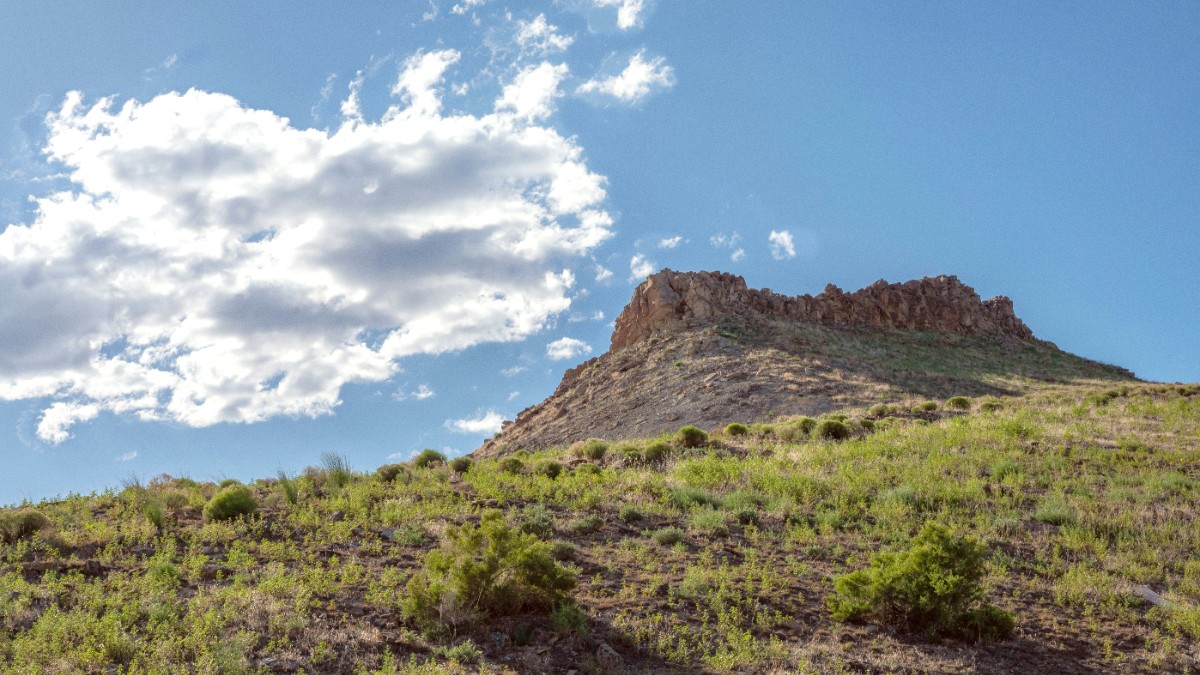
Rocky Mountains, USA
Boise experiences four distinct seasons, each offering an unique atmosphere and set of opportunities.
Boise generally does not experience monsoons or hurricanes. Extreme temperatures, both hot and cold, appear seasonally. Be prepared for very warm days in summer and freezing conditions in winter. Winter inversions, an unique weather phenomenon, may trap cold air and pollution in the valley for extended periods. Check local weather forecasts for air quality alerts during these times.
Ideal Timing for Specific Activities:
Weather is ideal for outdoor activities, including river floating, hiking, and biking. All attractions run with full hours.
Accommodation prices are higher due to demand. More crowds are present at popular sites. Daytime heat may be intense, sometimes exceeding 100°F (38°C).
Pleasant temperatures make exploring comfortable. Fewer crowds mean easier access to attractions and potentially lower prices for lodging and flights. This period is great for hiking and cycling.
Early spring may find some higher elevation trails still covered in snow. Late autumn yields shorter daylight hours, limiting evening activities.
This season is best for winter sports enthusiasts, especially at Bogus Basin. Prices for hotels and flights are lowest. Fewer tourists create a quieter experience.
Cold temperatures and the potential for snow and ice mean warm clothing and careful planning. Outdoor activity options are limited unless focused on winter sports. Some attractions may run with reduced hours.
Consider a lightweight, packable rain jacket for unpredictable weather. This item proves useful during spring and fall, when precipitation may surprise you.
Hiking, Biking, River Activities: May through September offers the best conditions for exploring trails and enjoying the Boise River. Skiing/Snowboarding: December through March offers optimal conditions for winter sports at Bogus Basin. Cultural Festivals: The Basque cultural festival and Treefort Music Fest typically appear in spring or summer, making for a lively cultural experience.
Useful for unpredictable spring and fall weather.
Protection from intense sun in summer.
Adapt to significant temperature changes.
Needed for snow and wet conditions in winter.
Needed for warmth in cold weather.
The United States Dollar (USD) is the official currency.
Cost estimates per day for different travel styles:
This section presents information for preparedness.
No specific vaccinations are necessary for entry into the United States for most travelers. However, it is always recommended to have your routine vaccinations up-to-date. These include Measles, Mumps, Rubella (MMR), Diphtheria, Tetanus, and Pertussis (DTaP), Varicella (chickenpox), Polio, and annual Flu shots.
Consult a healthcare professional well before your trip for personalized advice based on your health history and travel plans. They may provide specific recommendations for your well-being.
Boise experiences intense sun, especially in summer, due to its high desert environment and moderate altitude. Apply high-SPF sunscreen, wear hats, and drink plenty of water throughout the day to avert dehydration.
Common Health Concerns and Prevention Strategies
Allergies: Seasonal allergies, often triggered by pollen from sagebrush and grasses, may be prevalent, notably in spring and fall. If you suffer from allergies, pack your usual medication.
Wildlife: While encounters are rare in urban areas, hiking in the foothills or mountains may bring visitors to snakes (including rattlesnakes), ticks, or larger wildlife like deer or elk. Stay on marked trails, be aware of your surroundings, and avoid approaching wild animals. Altitude Sickness: Boise's elevation is moderate at 2,704 feet. Visitors arriving from sea level might experience mild symptoms initially, like lightheadedness or shortness of breath. Stay hydrated, and avoid strenuous activity on your first day to allow your body to adjust.
Access to Healthcare and Emergency Services
For police, fire, or ambulance services, dial 911. This number is for immediate, life-threatening situations.
Boise has major medical facilities. St. Luke's Boise Medical Center (190 E Bannock St, Boise, ID 83712) and Saint Alphonsus Regional Medical Center (1055 N Curtis Rd, Boise, ID 83706) offer comprehensive emergency and medical care. Urgent care clinics are also available throughout the city for non-emergency issues, like minor illnesses or injuries.
Pharmacies, including major chains like CVS and Walgreens, are widely available for prescription refills and over-the-counter medications.
Crime Statistics and Safety Concerns by Neighborhood:
Natural Disaster Risks and Seasonal Hazards:
Especially in late summer and fall, smoke from regional wildfires may affect air quality in Boise. Check air quality reports (e.g., AirNow.gov) before outdoor activities during these months.
Idaho is seismically active, but major earthquakes are infrequent in the immediate Boise area. Minor tremors may occur.
Snow and ice may make driving hazardous, especially on roads leading to Bogus Basin or mountain passes. Check the Idaho Transportation Department (ITD) for real-time road conditions.